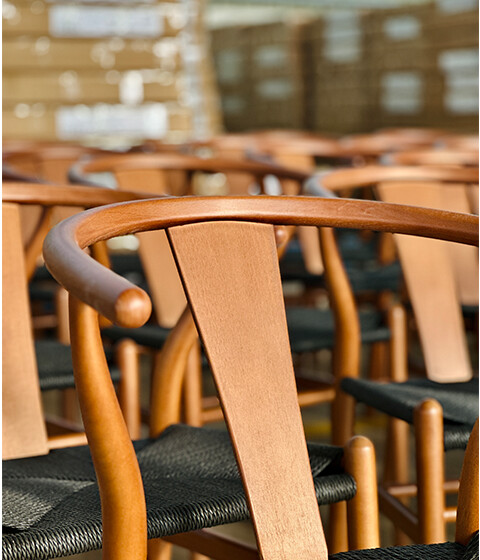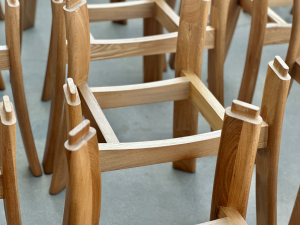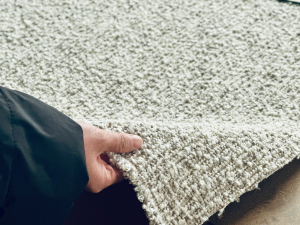Key links in chair production from the perspective of international buyers

As competition in the global furniture market becomes increasingly fierce, international buyers pay more attention to key links and quality control in the production process of chairs when choosing chair suppliers, not only focusing on product styles and prices. A deep understanding of these links will help build trust between buyers and suppliers and ensure that high-quality and standard products are purchased. This article will analyze several key links in chair production from the perspective of international buyers.
Selection and inspection of raw materials for products
The quality of raw materials determines the quality of the entire chair product. International buyers usually require suppliers to provide some material certificates to prove the durability and environmental protection of their raw materials, such as certificates of origin of solid wood, test reports of leather or fabrics, etc. High-quality wood, metal frames, foam fillings and fabrics are the basis of chair comfort and durability.
Therefore, whether the procurement channels of raw materials are regular, whether the quality of raw materials is qualified, and whether the selected materials meet international environmental standards are the links that buyers focus on. It is also one of the key concerns of suppliers.

Standardization of style design and production process
The modern international furniture market emphasizes the innovation and ergonomics of chair design. The design of the chair is not only related to the appearance of the product, but also affects the customer’s experience.
Buyers hope that suppliers have a mature design team that can provide a variety of styles, and at the same time ensure that each product has undergone rigorous process design to achieve stable quality in mass production.

Strict control of processing and production links
For solid wood chairs and soft-cover chairs, chair production involves multiple processes such as woodworking, inlay, metal processing, welding, cutting and sewing, and foam molding. International buyers will pay attention to whether the factory has advanced equipment and professional technical workers, and whether it implements standardized operating procedures (SOP). In particular, the connection process and surface treatment of key components of the product directly affect the structural safety and service life of the chair. In this process, some chairs may also involve the process of spraying paint and drying, which is also one of the key links that international buyers will pay attention to.

Quality inspection and compliance with international certifications
Of course, to ensure product quality, international buyers usually require suppliers to conduct multiple quality inspections, including structural strength testing, wear resistance testing, environmental protection testing, etc. Chairs that meet international certifications such as BIFMA, FSC, ISO, or EN are more likely to be favored by buyers.
In addition, buyers attach importance to the final inspection of products before leaving the factory to ensure that the products meet the contract standards.


Packaging and transportation guarantee
High-quality packaging not only protects during the transportation of chairs but also reflects the professional capabilities of the supplier. Different customers may have different requirements for product packaging. The production of the shipping marks will also be different. In addition, international buyers will also pay attention to whether the packaging materials are environmentally friendly and strong enough, and whether the packaging design is convenient for transportation and storage. Meanwhile, the transportation capacity and on-time delivery rate of suppliers are also important indicators for buyers to evaluate.

After-sales service and communication efficiency
International buyers tend to choose suppliers who can provide timely response and perfect after-sales service. Whether it is product installation guidance, damage replacement or technical support, the supplier’s service attitude and communication efficiency will directly affect the long-term cooperation between the two parties.
Conclusion
In general, the key links of chair production in the eyes of international buyers cover the entire process from raw material procurement to after-sales service. Only by strictly controlling quality and paying attention to details in every link can we win the trust and favor of buyers in the global market. For chair manufacturers, understanding and meeting the requirements of these key links is the only way to go international and achieve sustainable development.


